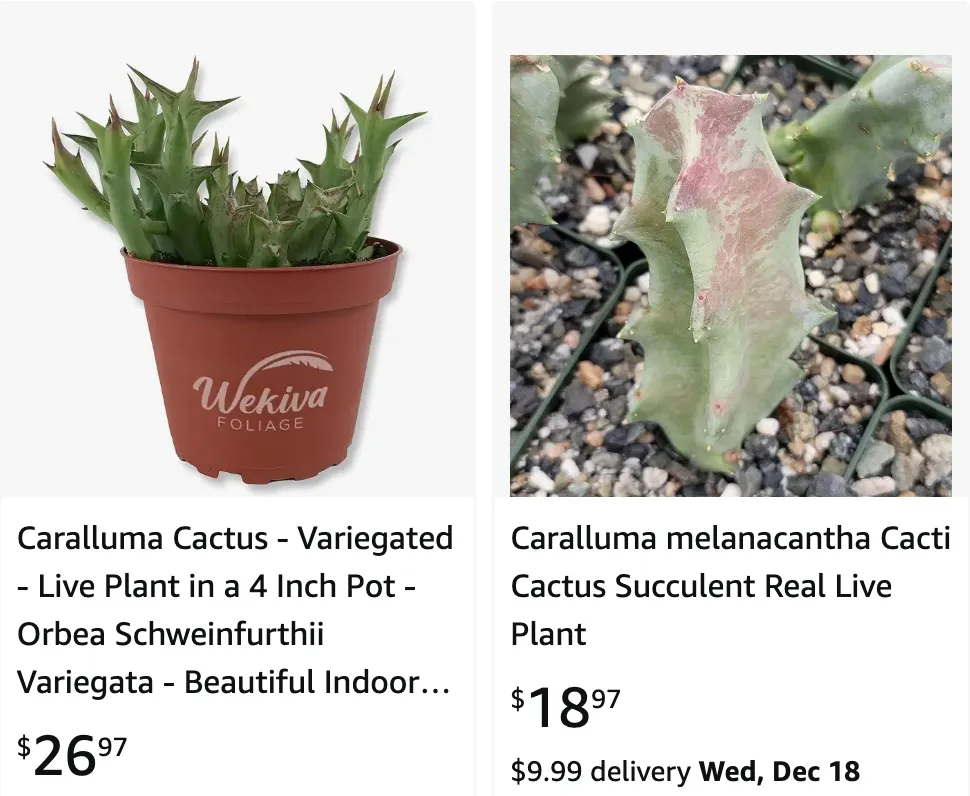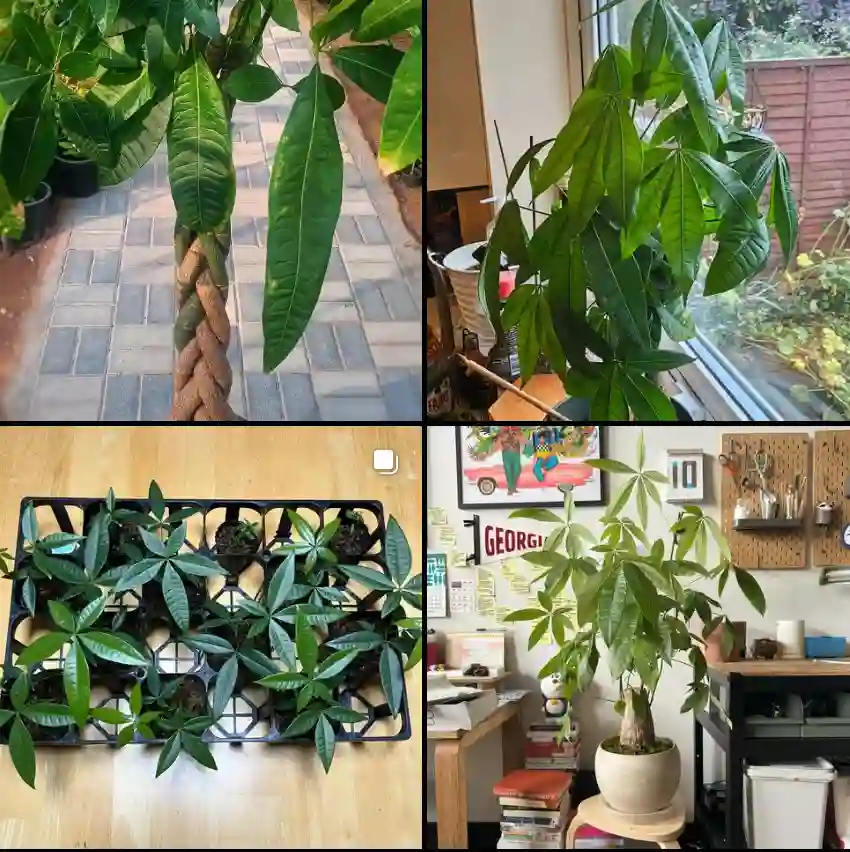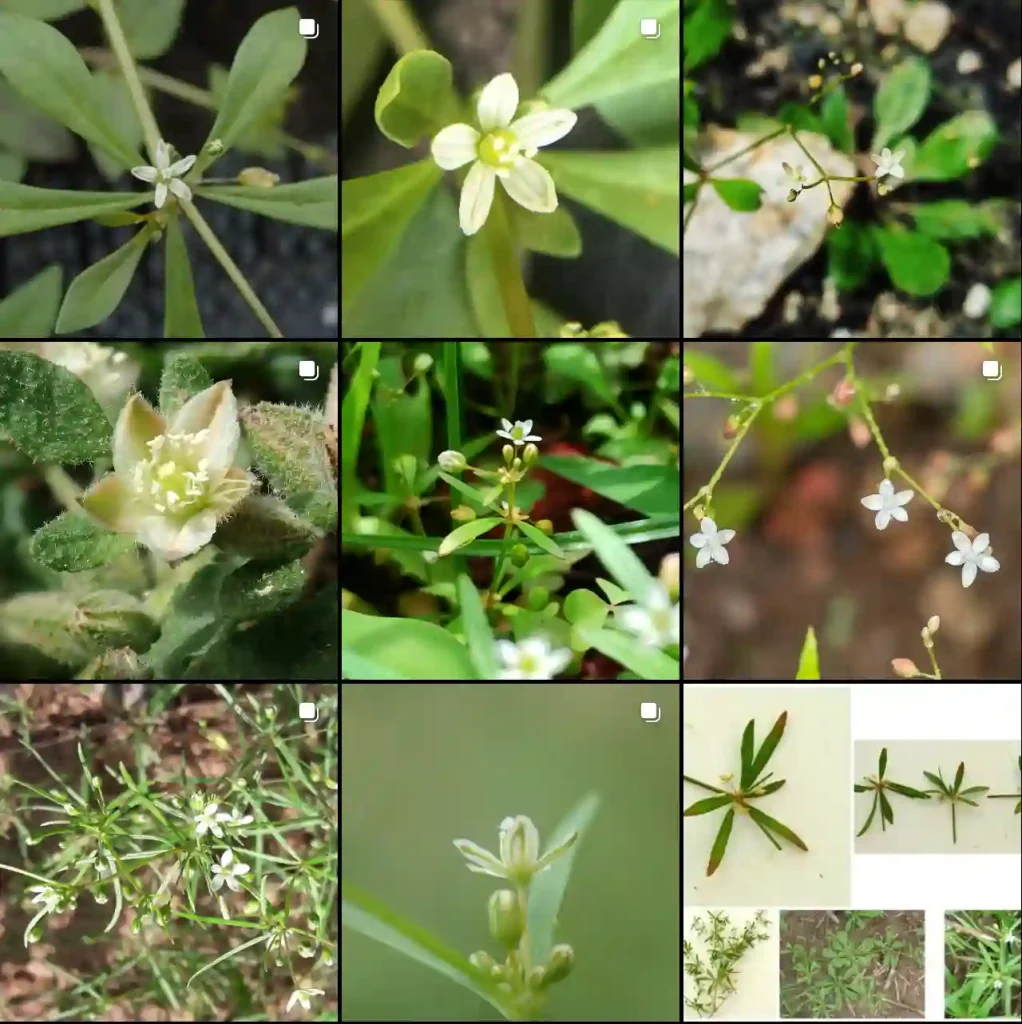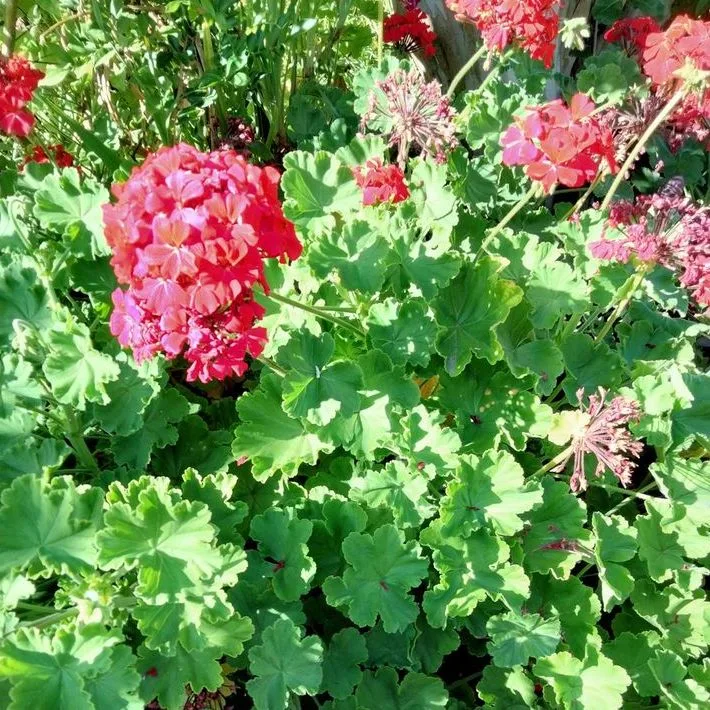
September 24 – Caralluma
"Caralluma, the desert cactus, represents September 24."
Caralluma symbolizes endurance and resourcefulness. You thrive in tough situations and inspire others with your determination. Like its unique flowers, you are one of a kind.
Caralluma: My Fascination with the “Famine Flower”
I’m Ferb Vu, and I’ve always been drawn to the unusual and the resilient in nature. That’s how I stumbled upon the fascinating world of Caralluma, a genus of flowering plants that thrives in some of the harshest environments on Earth. These succulents, often called “famine flowers,” have captivated me with their unique beauty, historical significance, and potential health benefits.
A Diverse Genus with Striking Features
Caralluma belongs to the family Apocynaceae, known for its diverse array of succulents. The genus boasts over 30 species, each with its own distinct characteristics. They are predominantly found in arid and semi-arid regions of Africa, the Middle East, and India. What unites them is their succulent nature, often featuring fleshy, angular stems and striking flowers that range from beautiful to bizarre.
- Caralluma adscendens: A widespread species with edible stems, traditionally consumed in India during times of famine.
- Caralluma fimbriata: Known for its potential appetite-suppressing properties, it has been used in traditional Indian medicine for centuries.
- Caralluma arachnoidea (P.R.O.Bally) M.G.Gilbert
- Caralluma attenuata Wight
- Caralluma baradii Lavranos
- Caralluma bhupinderiana Sarkaria
- Caralluma congestiflora P.R.O.Bally
- Caralluma dalzielii N.E.Br.
- Caralluma darfurensis Plowes
- Caralluma dicapuae (Chiov.) Chiov.
- Caralluma dolichocarpa O.Schwartz
- Caralluma edwardsiae (M.G.Gilbert) M.G.Gilbert
- Caralluma flavovirens L.E.Newton
- Caralluma furta P.R.O.Bally
- Caralluma geniculata (Gravely & Mayur.) Meve & Liede
- Caralluma gracilipes K.Schum.
- Caralluma lamellosa M.G.Gilbert & Thulin
- Caralluma longiflora M.G.Gilbert
- Caralluma moniliformis P.R.O.Bally
- Caralluma moorei Aditya
- Caralluma mouretii A.Chev.
- Caralluma peckii P.R.O.Bally
- Caralluma petraea Lavranos
- Caralluma plicatiloba Lavranos
- Caralluma priogonium K.Schum.
- Caralluma sarkariae Lavranos & R.Frandsen
- Caralluma stalagmifera C.E.C.Fisch.
- Caralluma subulata (Forssk.) Decne.
- Caralluma turneri E.A.Bruce
- Caralluma vaduliae Lavranos
- Caralluma wilhelmii Thulin
Beauty in the Bizarre
The flowers of Caralluma are a major source of fascination for me. They are often star-shaped, with five petals that exhibit a wide range of colors and patterns. Some species have flowers that are intricately fringed or adorned with hairs, while others emit a foul odor to attract pollinators like flies. This macabre beauty is a testament to the adaptability of these plants to their challenging environments.
Historical and Cultural Significance
Caralluma has a long history of use by humans, particularly in regions where food scarcity is a challenge. The edible stems of some species, like C. adscendens, have served as a famine food, providing sustenance during difficult times. In India, C. fimbriata has been used in traditional medicine to suppress appetite and increase endurance. This traditional use has led to modern research on its potential benefits for weight management.
Potential Health Benefits
While more research is needed, preliminary studies suggest that Caralluma fimbriata extract may have potential health benefits. It is believed to work by influencing the hunger signaling pathways in the brain, leading to reduced appetite and potentially aiding in weight loss. Additionally, some studies indicate it may have a positive impact on blood sugar levels and cholesterol.
My Personal Connection
My interest in Caralluma goes beyond its scientific and historical significance. For me, it represents the resilience of life in the face of adversity. The ability of these plants to thrive in harsh conditions, providing sustenance and even potential health benefits, is truly inspiring. I’m eager to see what further research reveals about this fascinating genus and its potential applications in various fields.
As I continue to explore the world of Caralluma, I’m constantly amazed by its diversity and the unique adaptations of each species. From the edible stems of C. adscendens to the potential health benefits of C. fimbriata, this genus has much to offer. Whether you’re a botanist, a history buff, or simply someone who appreciates the wonders of nature, I encourage you to delve into the fascinating world of Caralluma. You might just be surprised by what you discover.
If i die, water my plants!



